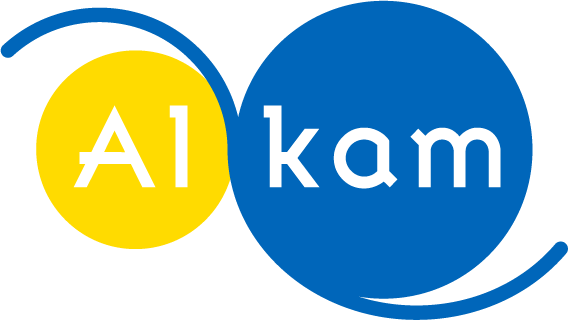Recycling of silicone paper: our concrete contribution to safeguarding the planet
- Alkam
- Mar 26
- 3 min read

In an era where sustainability and environmental responsibility are more than ever at the center of global attention, Alkam is proud to take an active role in the protection of our planet, as well as greater environmental sustainability .
We don't just talk about sustainability; we act with determination and commitment because for us every action counts . From producing sustainable labels to recycling silicone paper , we are on a mission to promote a greener future .
Specifically, with this article we would like to share with you the details of our environmental initiative of recycling silicone paper and how we are actively working to make a difference .
Cycle4Green Certification
We are extremely honoured and proud to have received this certification from our partner Cycle4Green , which demonstrates how our actions in recycling silicone paper , in just six months , have led to a reduction in CO2 emissions of 9.1 tonnes.

.
From January to June 2023, we have recycled 4.8 tons of liner, which under normal circumstances would have ended their life cycle in landfill or in incinerators as common waste. A sad and premature end for materials that still have so much to offer.
However, thanks to C4G's recycling program for silicone paper and other paper waste , we have revolutionized this seemingly inevitable fate.
The silicone supports that were once considered " waste " in the production of our labels now breathe new life .
They are no longer unwanted waste, but are transformed with care and dedication into valuable resources, to be used for different types of applications.
This recycling process is not only a responsible act, but also a significant contribution to environmental protection:
By reducing waste production, reducing CO₂ emissions, and saving electricity and water resources, we are taking concrete action towards a more sustainable future.
What is silicone paper?
But what exactly is meant by “ silicone paper ”?
Most adhesive labels are produced using a silicone-coated paper backing , known as a liner .
This layer is placed under the printed label , and acts as a protective and transport element for labels that are applied to industrial and consumer goods.

Therefore, this silicone carrier plays a vital role in the manufacturing, conversion and application of self-adhesive items.
Once the silicone liners have fulfilled their role in this process, they do not necessarily end up as waste: they can be regenerated and transformed into raw materials for new processes and products . However, it is important to note that, at present, only a small fraction of these used liners are actually recovered for reuse or recycling.
How is it recycled?
The recycling process of silicone paper is based on the innovative technology developed by Cycle4Green; this methodology is essentially based on the removal of silicone from the cellulose fibres of the paper ( high quality and therefore ideal for recycling).
The paper-based silicone supports are then pulped using a solution of water and other chemicals to help release the silicones from the fibres.
This is followed by a flotation treatment (generally used to remove ink from cellulose fibres in the paper recycling process), which serves here to permanently remove any residual silicone particles.
From this process we obtain two products:
Cellulose fibres , ready to be transformed into new products, such as fine papers or specialty papers;
Silicones , which when removed from paper can find various applications: from silicone films for food packaging, to the transformation into granules of plastic raw materials for insulation in the building sector or other industrial uses.
Cycle4Green
Cycle4Green is a Finnish company founded in 2009 and has established itself as a leader in the implementation of specialized technologies for the recycling of waste paper materials and in particular silicone paper.
Their project has a significant ecological impact : it is estimated that there will be a saving in CO2 emissions of 2.02 tons for each ton of recycled liner waste . Furthermore, the paper recycling process with this methodology allows a reduction in water consumption of 37 cubic meters per ton .
Our choice to join Cycle4Green in their innovative recycling process represents our concrete contribution towards safeguarding our planet and reflects our constant commitment to promoting sustainable and responsible practices , in line with our vision of a greener future.
And what do you think?
Let us know in the comments below.

Comentarios